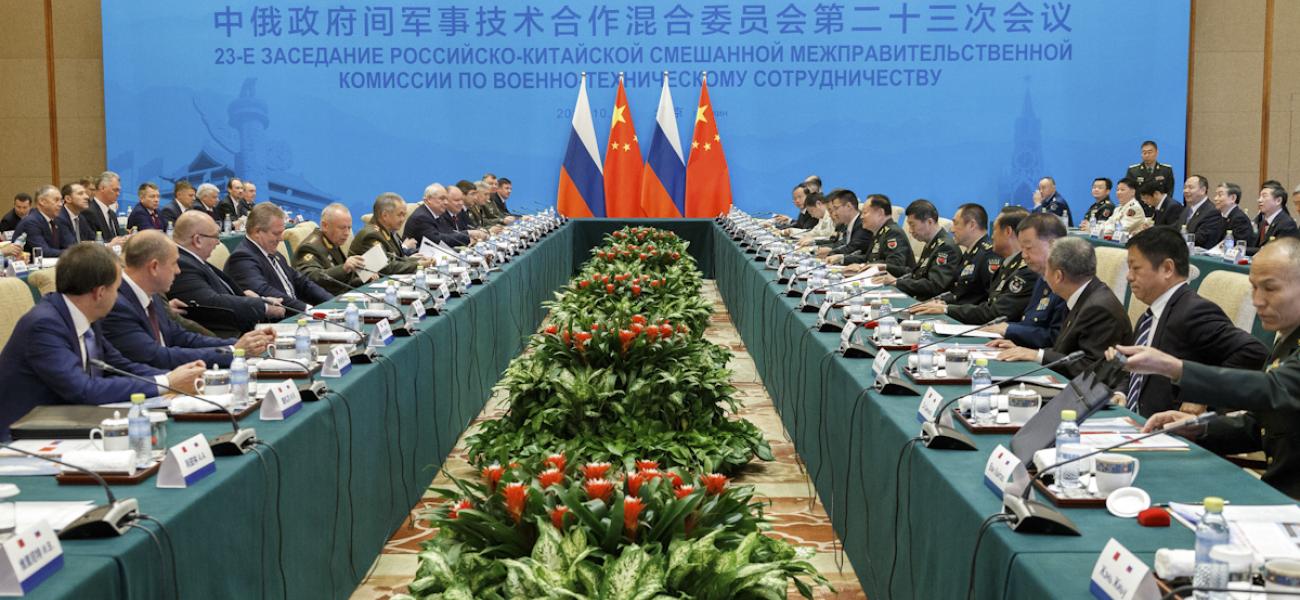
In Russia’s Shadow: China’s Rising Security Presence in Central Asia
This is a summary of an article originally published by the Wilson Center's Kennan Institute.
Both Russia and China seek to expand their influence in Central Asia. The authors argue that, although Russia's economic influence in the region wanes, "dropping from 80 percent of the region’s total trade in the 1990s ($110 billion) to just two-thirds that of Beijing’s today ($18.6 billion)," Russia still remains "the dominant security guarantor in the region." Russia accounts for the majority of the arms market in the region and maintains military bases in three of the five Central Asian republics, conducting exercises in the Tajik border regions and launching "its first lethal strike on Afghanistan since 1989 from Tajikistan in 2018.” Despite Russian dominance, China is "making significant inroads in the security sector." China is increasing arms exports to the region while also constructing military facilities in Tajikistan. China has also "begun projecting the operational capabilities of its paramilitary units into the region.”
In terms of hard power, "Moscow retains a strategic edge over Beijing" in the region, but "the gap is closing." Within the next ten years, Russia "may find its influence undermined.” The authors conclude that "Russia and China share core strategies in [Central Asia] ... But their relationship looks set to be tested in the medium term as China’s security role in the region becomes stronger.”
Read the full article at the Wilson Center website.
Bradley Jardine
Bradley Jardine is a fellow at the Wilson Center's Kissinger Institute on China and the United States.
Edward Lemon
Edward Lemon is an assistant professor of Eurasian Studies at the Daniel Morgan Graduate School of National Security.
Photo by mil.ru.
